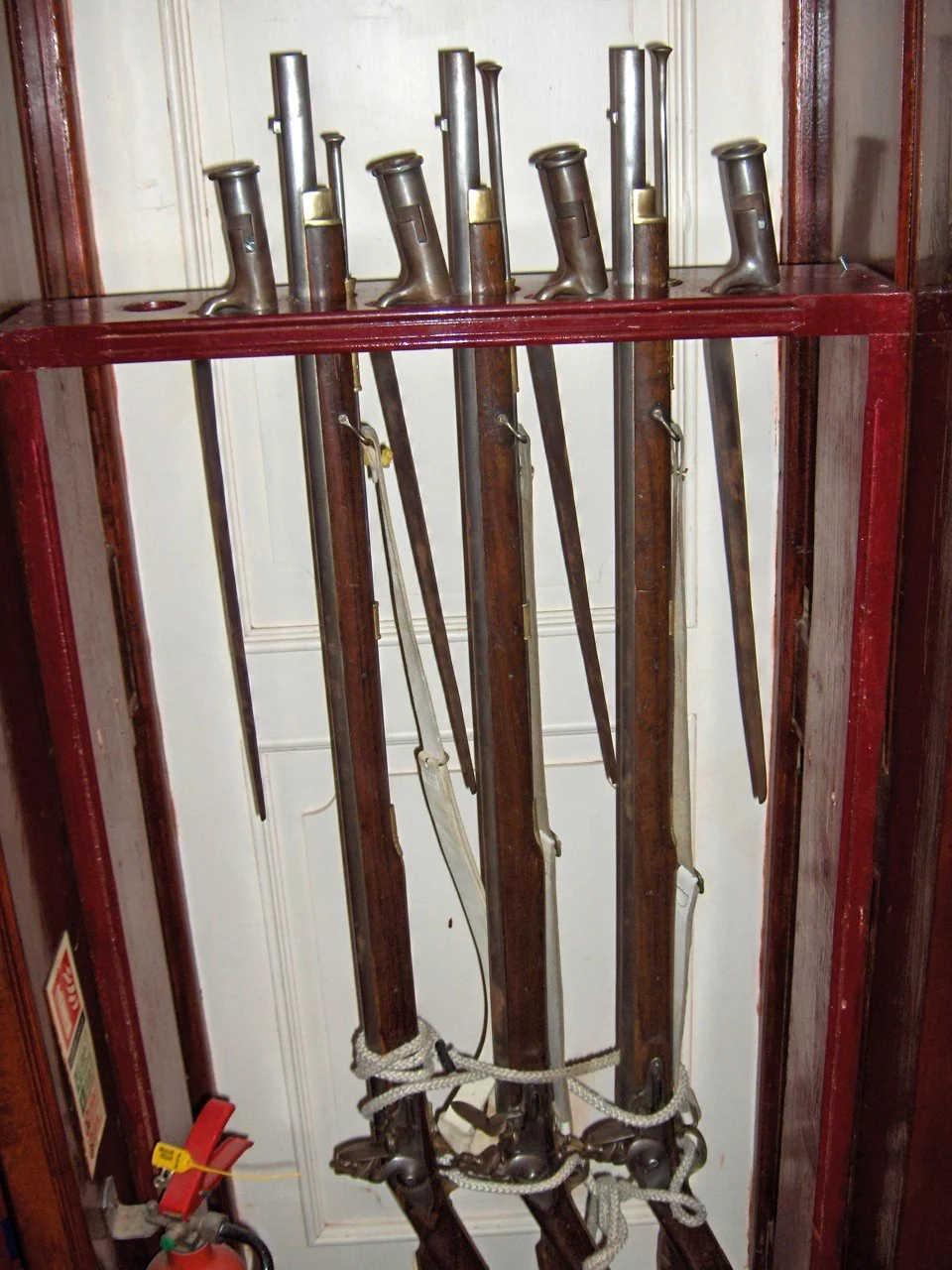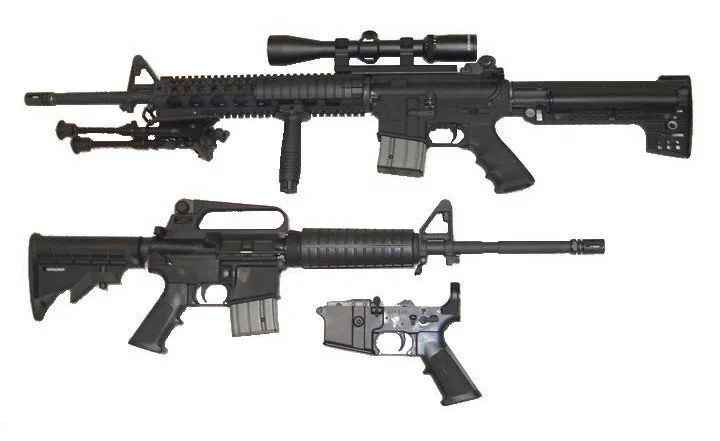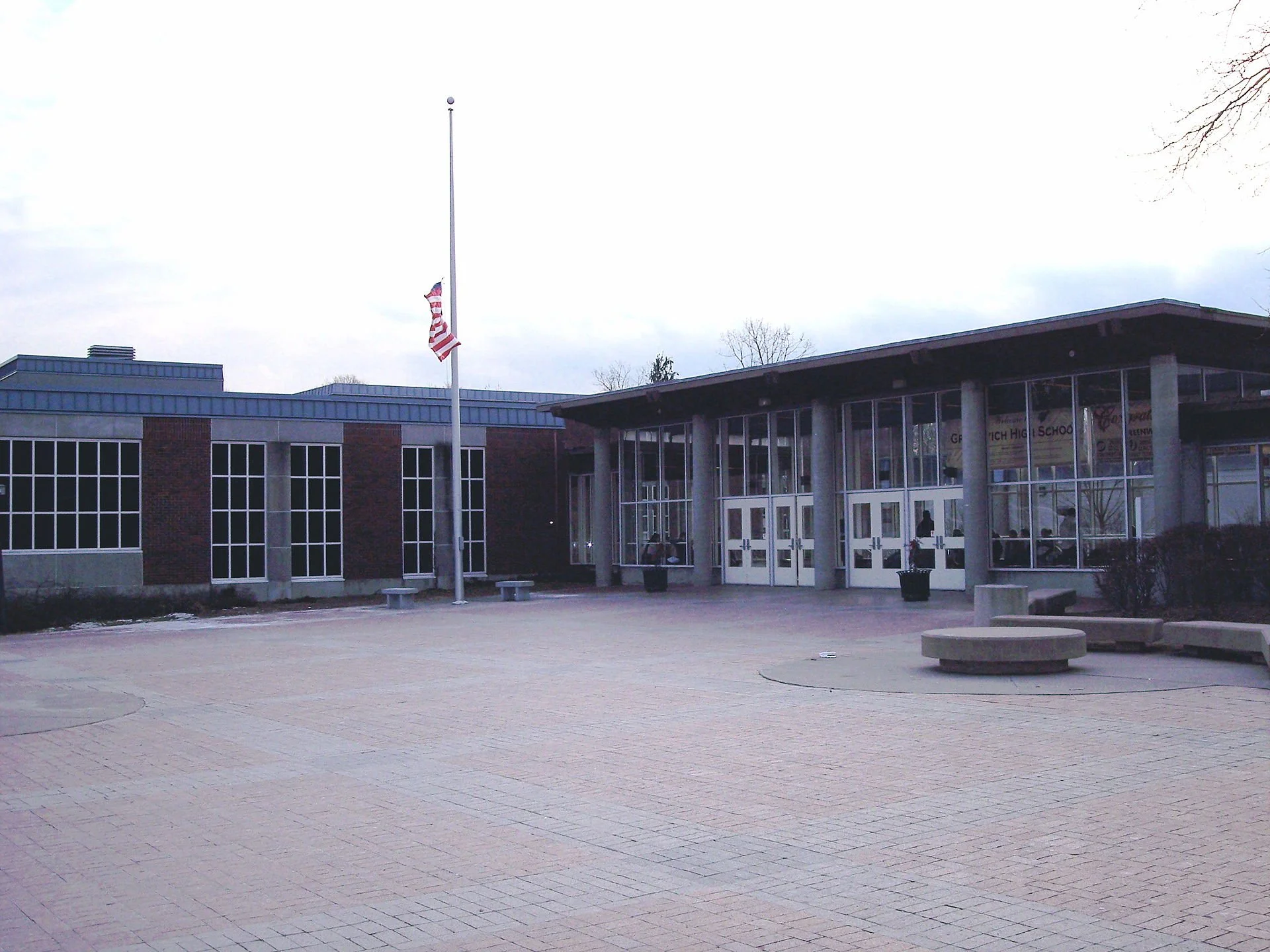From The New England Journal of Higher Education, a service of The New England Board of Higher Education (nebhe.org)
BOSTON
Could the anti-choice, forced-birth culture of the U.S. Supreme Court and many U.S. states present an advantage for New England economic boosters?
Massachusetts Gov. Charlie Baker told reporters that he had heard from a lot of companies that the recent Supreme Court decision removing the federal protection of the right to abortion may offer a big opportunity for Massachusetts to attract some employers whose employees would want access to reproductive-health services. Connecticut Gov. Ned Lamont called on businesses in states that limit abortion access to consider relocating to Connecticut.
In the context of choosing where to start or expand a business, big employers have occasionally written off New England as “old and cold” compared with economically and meteorologically sunnier spots. However, a 1999 poll by the University of Connecticut’s Center for Survey Research and Analysis, while admittedly dated, found an interesting niche for New England. International site-selection consultants, accustomed to Europe’s pricey, regulated environments, were less concerned with New England’s notoriously high costs than domestic site-selection pros. Key issues for the international consultants were access to higher education, an educated workforce and good infrastructure.
Peter Denious, chief executive of Advance CT, a business-development organization, recently told the Connecticut Mirror that such issues as diversity, equity and inclusion—and the state’s commitment to clean energy—could all help Connecticut align with the corporate goals of certain companies.
Our culture of active government, unionization and especially our human- resource development, could bode well once again in relatively enlightened New England.
Anti-semitism rising: The Anti-Defamation League (ADL) reported 2,717 anti-semitic incidents of assault, harassment and vandalism in 2021 in the U.S., the highest number since the ADL began tracking anti-semitic incidents in 1979, according to the group’s annual Audit of Antisemitic Incidents. These included more than 180 anti-semitic incidents in New England. And nationally, 155 anti-semitic incidents were reported at more than 100 college campuses. Meanwhile, tension between anti-semitism and anti-zionism, including the boycott, divestment and sanctions (BDS) movement, is challenging on campuses and beyond
Packing heat. More than 1 million U.S. adolescents (ages 12 to 17) said they had carried a handgun in 2019-20, up 41% from about 865,000 in 2002-03, according to a study by researchers at Boston College’s Lynch School of Education and Human Development, using data from the National Survey on Drug Use & Health. The socio-demographic profile of the gun carriers also changed. Carrying rates grew from 3.1% to 5.3% among white adolescents, from 2.6% to 5.1% among higher-income adolescents, and from 4.3% to 6.9% among rural adolescents between, while rates among Black, American Indian/Alaskan Native and lower-income adolescents decreased.
“Don’t Say Gay” here? In April, Mount Holyoke College President Sonya Stephens wrote here that Florida legislation dubbed by opponents the “Don’t Say Gay” bill, was part of a nationwide wave of proposal laws linking divisive issues of race, sexual orientation and gender identity to parents’ concerns about what their children are being taught in public schools. These bills not only undermine the real progress that LGBTQ+ people have made in society over the past 50 years, Stephens wrote, but they also further erode trust in some of our most under-compensated public servants: school teachers and administrators.
On July 1, U.S. Secretary of Education Miguel Cardona noted that the Florida parents and families he’d spoken with said the legislation doesn’t represent them and that it put students in danger of bullying and worse mental health outcomes.
In Cardona’s home state of Connecticut, meanwhile, the Greenwich School Board adopted a new Title IX policy unanimously, but not without controversy. Edson Rivas and Colin Hosten of the Fairfield County-based Triangle Community Center Board of Directors wrote in Connecticut Viewpoints that the policy adopted by the Greenwich School Board “conspicuously removes any language referring to gender identity and sexual orientation” which was part of the original version of the policy introduced last fall. The board replied that “this policy covers all students, whether or not certain language is included.” But Rivas and Hosten aren’t buying it. “If the substance of the policy remains the same, as they say, then the only effect of removing the language about gender identity and sexual orientation is the linguistic pseudo-erasure of the LGBTQ+ community in Greenwich Public Schools.”
Truth to tell: Recently, the American Association of Colleges and Universities (AAC&U) named 75 higher-education institutions to participate in the 2022 Institute on Truth, Racial Healing & Transformation (TRHT) Campus Centers as part of an effort to dismantle racial hierarchies.
As we at NEBHE and others have wrestled with a “reckoning” on race, gender and so many other wrongs, the “truth and reconciliation” concept has always made sense to me. Check out, for example, the thoughtful book Honest Patriots exploring how true patriots in post-World War II Germany, post-apartheid South Africa and the U.S. in the the aftermath of slavery and the genocide of Native Americans loved their country enough to acknowledge and repent for its misdeeds.
Under the AAC&U initiative, campus teams develop action plans to advance the parts of the TRHT framework: narrative change, racial healing and relationship building, separation, law and economy. The institute helps campus teams to prepare to facilitate racial-healing activities on their campus and in their communities; examine current realities of race relations in their communities and the local history that has led to them; identify evidence-based strategies that support their vision of what their communities will look, feel and be like when the belief in the hierarchy of human value no longer exists, and learn to pinpoint critical levers for change and to engage key stakeholders.
Among participating New England institutions: Landmark College, Middlesex Community College, Mount Holyoke College, Suffolk University, the University of Connecticut and Westfield State University.
Another problem with over-incarceration. NEBHE has published a policy brief about the effects of higher education on incarcerated people in New England prisons and jails—and increasingly broached conversations about the dilemmas created by the world’s biggest incarcerator — America. Now, another byproduct surfaces: Children with an incarcerated parent have exceedingly low levels of education. The most common education level for respondents from a low-income family who had an incarcerated parent was elementary school, according to research by a group of Wake Forest University students who put together an article for the Nation Fund for Independent Journalism. The students set out to understand how the academic achievement, mental health and future income of children of incarcerated parents compare to those with deceased parents. Just under 60% as many respondents with an incarcerated parent completed a university education compared to the baseline of respondents with neither an incarcerated nor deceased parent.
Acquisition of Maguire: I first heard the term “Flutie Effect” in the context of former Boston College Admissions Director Jack Maguire. The term refers to the admissions deluge after the BC quarterback Doug Flutie threw the famed Hail Mary pass (caught by the less-famous Gerald Phelan) in 1984. Flutie won the Heisman Trophy, then pursued a pro career, first with Donald Trump’s New Jersey Generals in the USFL and then in the Canadian Football League, with a few bumpy stops in the NFL.
But Maguire attributed BC’s good fortune not to the diminutive quarterback but to the college’s “investments in residence halls, academic facilities, and financial aid.” In 1983, Maguire, a theoretical physicist by training, founded Maguire Associates and introduced the concept of “enrollment management,” combining sophisticated analytical techniques, customized research and deep experience in education leadership with a genuine enthusiasm for client partnerships. Maguire became a sort of admissions guru whose insights we have been pleased to feature.
Now, higher-education marketing and enrollment strategy firm Carnegie has announced it is buying Maguire Associates. Not to be confused with the foundation that administered the Carnegie Classification of Institutions of Higher Education, which recently moved to the American Council on Education, nor the Carnegie Endowment for International Peace, which has encouraged disarmament, this Carnegie, also founded in the 1980s and based in Westford, Mass., is formally known as Carnegie Dartlet LLC. Its pitch: “We are right definers. We are your intelligence. We are truth revealers. We are your clarity. We are obstacle breakers. We are your partners. We are audience shapers. We are your connection. We are brand illuminators. We are your insight. We are story forgers. We are your voice. We are connection creators. …”
John O. Harney is executive editor of The New England Journal of Higher Education.
























